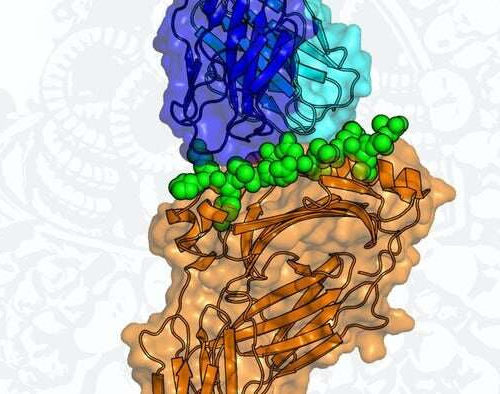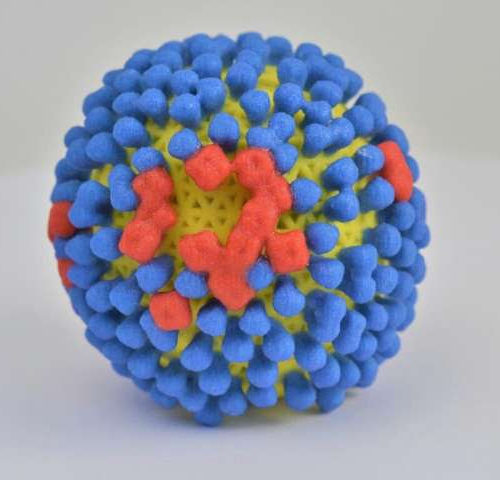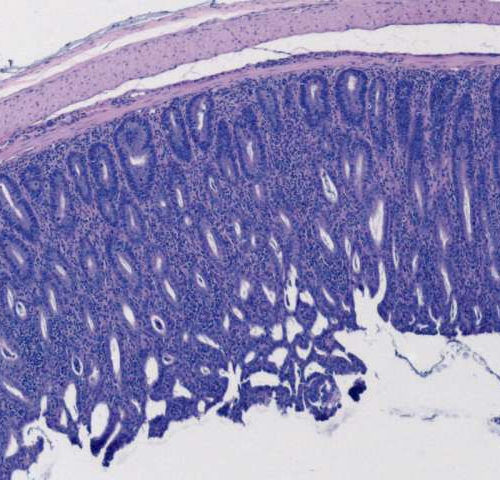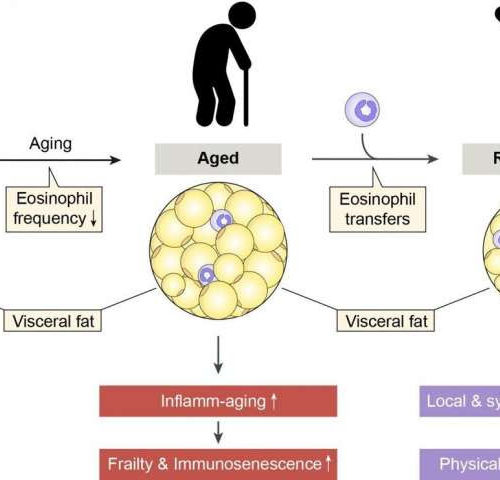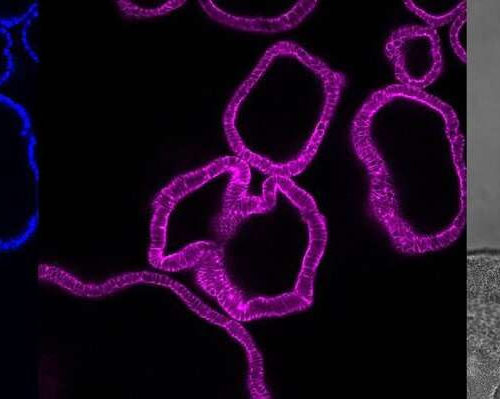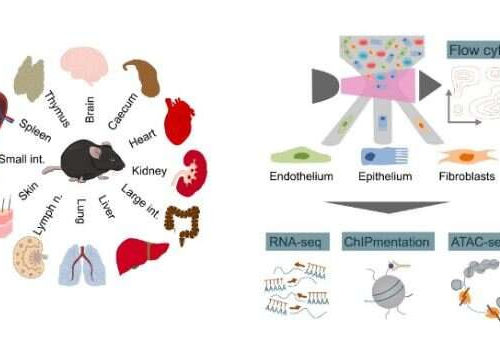by Cardiff University New markers hidden inside the influenza virus have been discovered by scientists at Cardiff University. The researchers from the School of Medicine worked with an international team of experts—including collaborators in Moscow, Russia and Melbourne, Australia—to look at how people’s immune systems responded to the new proteinmarkers. They showed for the first...
Tag: <span>Immune system</span>
Fast-spreading mutation helps common flu subtype escape immune response
by Johns Hopkins University Bloomberg School of Public Health Strains of a common subtype of influenza virus, H3N2, have almost universally acquired a mutation that effectively blocks antibodies from binding to a key viral protein, according to a study from researchers at Johns Hopkins Bloomberg School of Public Health. The results have implications for flu...
Ageing research: Low levels of the stress hormone cortisol contribute to ageing
Why do we age? What exactly happens in the body? And: Can something be done about it? These are questions that have occupied science since time immemorial. The pharmacists Alexandra K. Kiemer and Jessica Hoppstädter from the Saarland University have not found a philosophical stone. But: they have uncovered processes in the immune system that...
A key gene modifies regulatory T cells to fine-tune the immune response
by Salk Institute A histology image showing inflammation in colon epithelium. Weakening of regulatory T cell function induces infiltration of immune cells (small blue dots) into colon epithelium (blue layer) and causes colitis. Credit: Salk Institute The human immune system is a finely-tuned machine, balancing when to release a cellular army to deal with pathogens,...
Aging Impacts Progenitor Cells in the Thymus
The age-related decline of the immune system has several causes, but the involution of the thymus is an important one. The thymus is responsible for the production of mature T cells of the adaptive immune system, but the organ atrophies with age. The supply of new T cells falls off dramatically in later life, and...
Age-related impairments reversed in animal model
by University of Bern With age the frequency of adipose tissue eosinophils decreases gradually. This leads to the production of inflammatory mediators, which promote age-related impairments (e.g. frailty and immunosenescence). Eosinophil cell transfers increase the frequency of these cells in adipose tissue and dampen age-related chronic low-grade inflammation. This results in systemic rejuvenation of the...
Antibodies against phosphorylcholine give protection against rheumatic systemic disease
by Karolinska Institutet A novel study from the Institute of Environmental Medicine at Karolinska Institutet indicates that antibodies against a small lipid entity, phosphorylcholine (PC), can be associated with protection in inflammatory systemic diseases, including SLE and Sjögren’s syndrome. The results support evidence for a potential treatment by providing antibodies (anti-PC) to patients with these...
Location, location, location: Even gut immune response is site-specific
by Julius-Maximilians-Universität Würzburg The pictures show the same stomach organoids: It shows the cell nuclei (blue) and the skeleton of the cell (pink) as a cross-section of the organoids. In grey is the microscopic picture of the organoids. A single organoid here is about a quarter millimeter in size. Credit: Julius-Maximilians-Universität Würzburg, JMU Why is...
How the immune system generates a vast antibody repertoire to fight infections
by Research Institute of Molecular Pathology It has long been known that the acquired immune system can generate a vast antibody (immunoglobulin) repertoire by gene recombination in developing B-cells. However, it was not understood how the different immunoglobulin gene segments can meet each other in the three-dimensional space of a B-cell nucleus to undergo recombination,...
Smart structures: Structural cells of the body control immune function
by Austrian Academy of Sciences Schematic outline of the study, which used genomic assays (RNA-seq, ATAC-seq, ChIPmentation, flow cytometry) to investigate epigenetic and transcription regulation in structural cells (endothelium, epithelium and fibroblast) from twelve mouse organs. Credit: Thomas Krausgruber / CeMM In a Nature paper, CeMM researchers report on the epigenetic and transcriptional regulation in...

